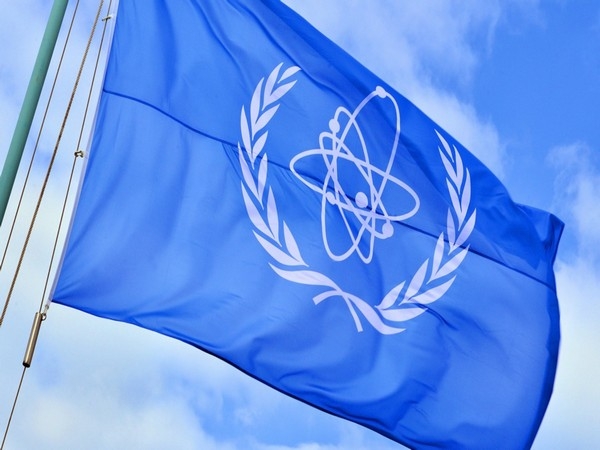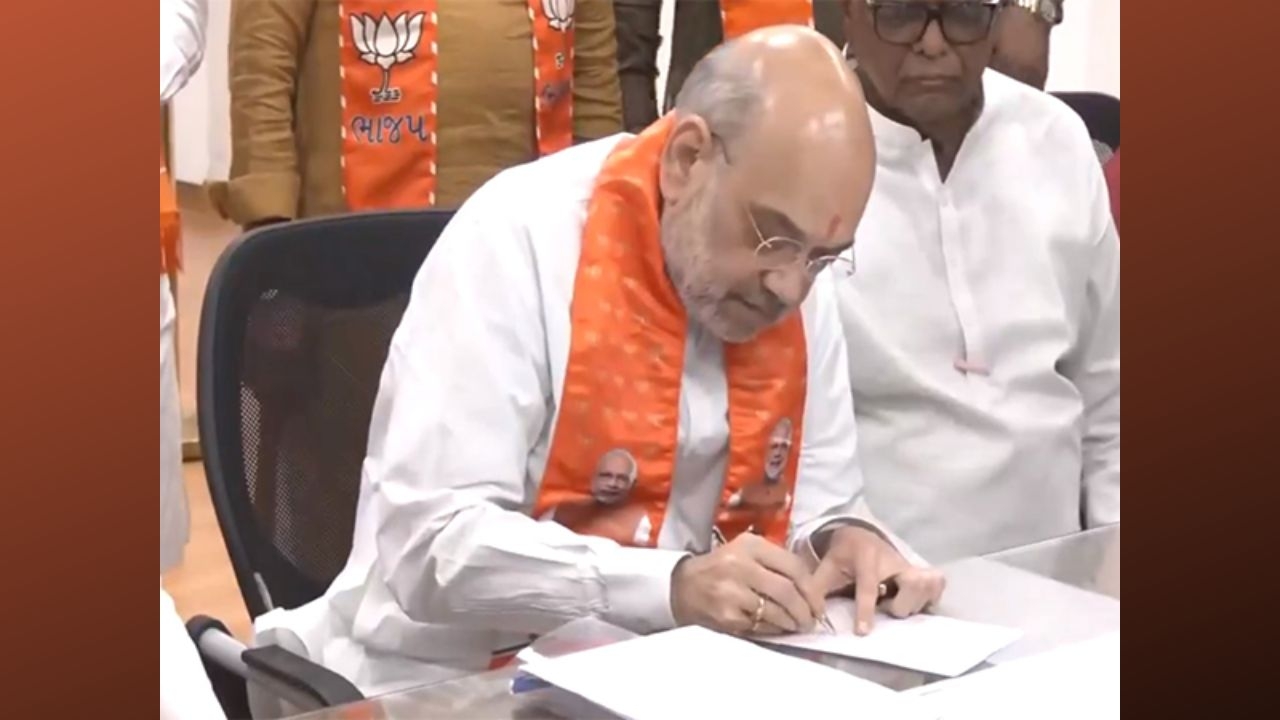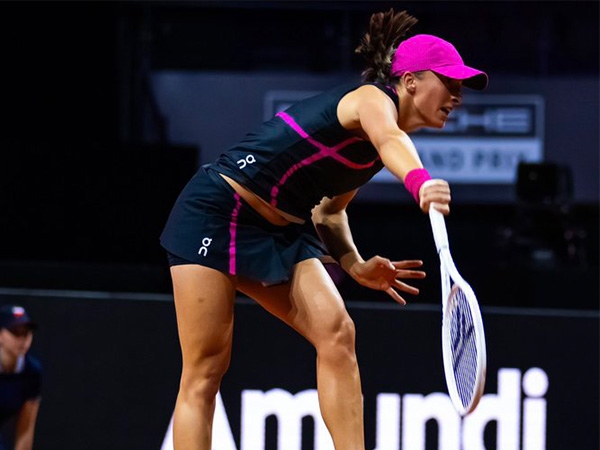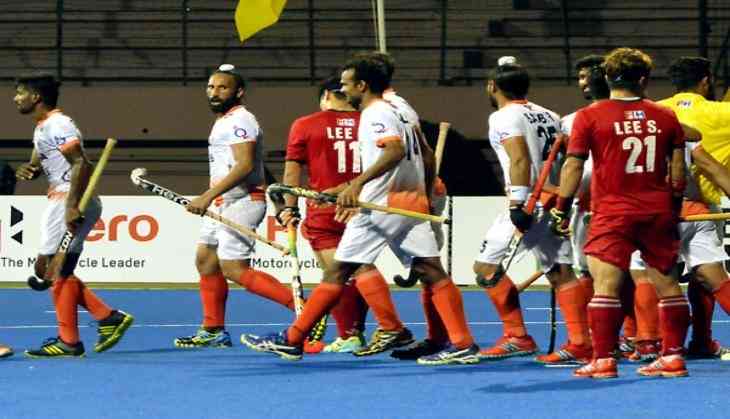
Odisha recently announced that it would sponsor the national hockey teams (men and women) for the next five years, something which no other state has done before.
This got the state a fair amount of positive attention and goodwill. What it will also get Odisha in the years to come is continuing visibility every time the Indian team steps on to the hockey field to play a match. This will happen through the new logo of the national hockey team jersey which has the Konark wheel, Odisha's coastline, endangered Olive Ridley turtles, Odissi dance form, and hockey. It will serve as a constant visual reminder.
The event is not an isolated one, but an ongoing, concerted effort aimed at refurbishing the brand image of Odisha that stands at the threshold of a new journey.
Consider this. Odisha's growth rate between 2003 and 2011 was 8 per cent. It has made an impressive effort in poverty reduction with only 39.2 per cent of population living below the poverty line in 2009-10 as compared to 60.8 per cent in 2004-05. Per capita income has gone up from Rs 14,862 in 2000 to Rs 61,678 in 2016-17. It is one of the leading states in attracting investment, and the only that has doubled farmer's income in the last decade. Not just this, its social sector interventions provide a model for emulation for the entire country.
There is a feel good factor in the air and a palpable sense confidence. This confidence shapes and drives the desire to change outdated, negative perceptions and align them to the new reality.
In this context, the choice of hockey was a deliberate one.
Speaking at the launch event held recently, Chief Minister Naveen Pattnaik said that the association between Odisha and Hockey India would help widen the net for the game in India. He further said that there was hope that Odisha's association with national hockey would coincide with a golden period for the sport.
There are many reasons for using a 4000 year old ball and stick game to achieve the goal of showcasing the state.
The modern version of the game, which is a British import, is among the most popular sports worldwide. It became an Olympic sport in 1908. Women's hockey made an appearance for the first time in 1980. During the period hockey has been played at the Olympics, India has been the dominant player for a fairly large time period. The Indian men's team won six successive titles between 1928 and 1956, and eight gold medals by 1980.
Even though no medals have been won after 1980 by the hockey team, it has consistently found a place in the top ten teams of the world. In comparison other team sports haven't fared well at the Olympics.
And from the time India started participating in the Olympics over a century ago; only one gold medal (Abhinav Bindra: Shooting, Beijing Olympics, 2008) has been won by country, other than hockey. There is a deep emotional connect with the game, which represented India's only success at a global event for a fairly long time. And it is hoped that a resurgent Indian hockey team will find its place in the sun again.
Odisha considered an important centre of hockey in the country, has made significant contribution to India's efforts at hockey domination by producing a steady stream of world class players, such as Lazarus Barla, Prabodh Tirkey, Dilip Tirkey, Ignace Tirkey, Jyoti Sunita Kullu, Subhadra Pradhan, Birendra Lakra, and Anupa Barla, who have earned recognition at the highest level.
The sport is extremely popular in the state and hockey matches are held regularly in the smallest villages. And this is what Naveen Patnaik underlined at the launch event. He said that hockey in Odisha is more than a sport. It's a way of life, especially in the tribal regions, where children learn to walk with hockey sticks. No surprise then that the state has produced some of India's finest hockey talent.
The involvement of Odisha government with the game goes further. It funds sports hostels and nurtures athletes, men and women, who are part of the national team. It is the title sponsor of Kalinga Lancers, a franchise of Hockey India League.
This is not all, the 2014 Men's Hockey Champions Trophy was hosted by the state, and the 2018 Men's Hockey World Cup is going to be held in November in Bhubaneswar. Odisha is the host and title sponsor.
The mega event will attract thousands of people from all over the world and present a great opportunity to showcase the state on a global stage. Many special events will be held, including daily cultural programmes, and an international food festival. Bhubaneswar will get a makeover. Its infrastructure will be upgraded - new roads, footpaths, and cycling tracks will come up. The transportation facilities will be upgraded. Kalinga Stadium, where the 22nd Asian Athletics Championship was held in 2017, will also undergo renovation.
The successful hosting of the Athletics Championship has given the state a major confidence boost to organise big ticket events. The holding of the Championship was a truly remarkable effort considering the fact Odisha was not the original venue, but stepped in only after Jharkahnd pulled out at the last minute. The entire event was organised within 90 days. To understand the enormity of the achievement, consider the fact that Doha, which is holding the 23rd Asian Athletics Championship in 2019, gets two years to get everything ready.
The event, organised on a war footing, was a memorable one. It was pulled off without a hitch, creating huge trust in the ability of the state to get things done. No surprise then that there was praise from all around, including world athletics federation president, Sebastian Coe.
Yet, it is important that Odisha's efforts should not be limited to merely a cosmetic, brand building exercise. It should be aimed at bringing about change in the arena of sports as well.
There is growing realisation that superficial changes and tokenism are not growing to get rid the deep rooted malaise that afflicts Indian sports, which needs a systemic overhaul. This was well brought home by India's dismal performance at the Rio Olympics.
NITI Aayog, tasked with sorting out the issue came up with a number of suggestions, both short and long-term, which included identifying 10 priority sports, training sportspersons from a young age, bringing in international coaches, and spending more on sports infrastructure.
And this is exactly what Odisha is doing. Along with creating world class sporting infrastructure, it is promoting sports through nurturing and creating athletes. It is taking sports to the grassroots to make it a part of the daily life, and widen the talent pool. 11 disciplines are taught across 16 sports hostels. Six priority disciplines are: athletics, archery, weightlifting, badminton, hockey and football.
These efforts dovetail with the NITI Aayog's suggestions that could help India win 50 medals at the Olympics in 2024.
Meanwhile, in the short term, Odisha is focused on the Hockey World Cup, and is looking forward to hosting yet another world class memorable event.
--ANI


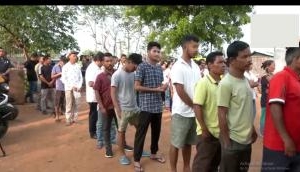
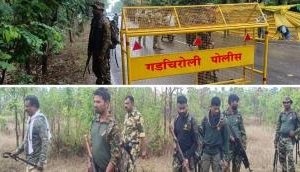


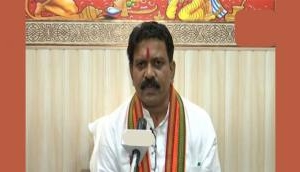
![BJP's Kapil Mishra recreates Shankar Mahadevan’s ‘Breathless’ song to highlight Delhi pollution [WATCH] BJP's Kapil Mishra recreates Shankar Mahadevan’s ‘Breathless’ song to highlight Delhi pollution [WATCH]](http://images.catchnews.com/upload/2022/11/03/kapil-mishra_240884_300x172.png)

![Anupam Kher shares pictures of his toned body on 67th birthday [MUST SEE] Anupam Kher shares pictures of his toned body on 67th birthday [MUST SEE]](http://images.catchnews.com/upload/2022/03/07/Anupam_kher_231145_300x172.jpg)



